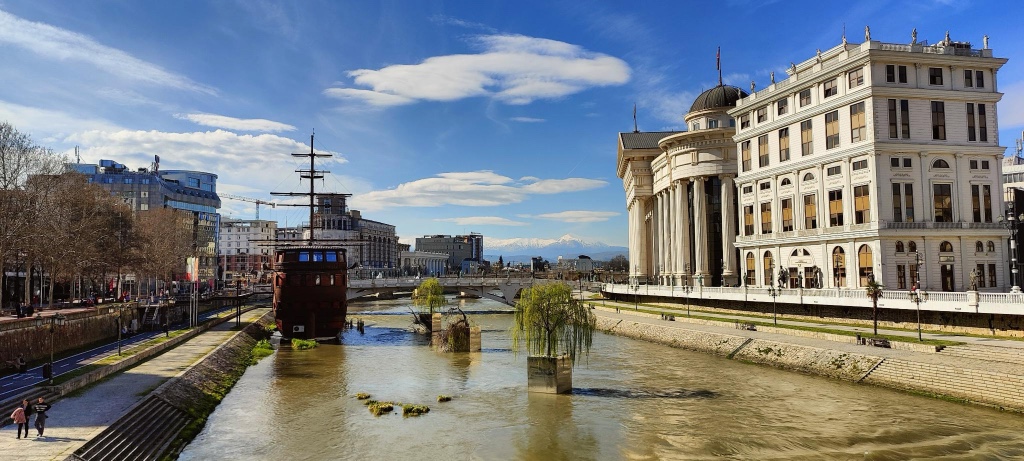
After a three and a half hour bus ride from Bitola we arrived in Skopje, the capital and largest city in North Macedonia. This ancient city was once part of the Roman Dardania, a province in the central Balkans as early as the second century BC. Similar to many cities in the region, Skopje has passed through many civilizations hands throughout history; from the Byzantine, Bulgarian, Serbian and Ottoman empires. In 1963 the city was almost completely destroyed by a devastating earthquake, leaving nearly 80% in ruin. Relief was sent from over 78 countries to help rebuild Skopje; known as “ The City of International Solidarity” as a result. Later in 2014, a project was announced to give the capital a more classical look, but also designed to protect from future earthquakes. During the Skopje 2014 project 136 structures were constructed, giving the city its unique and classical facade.
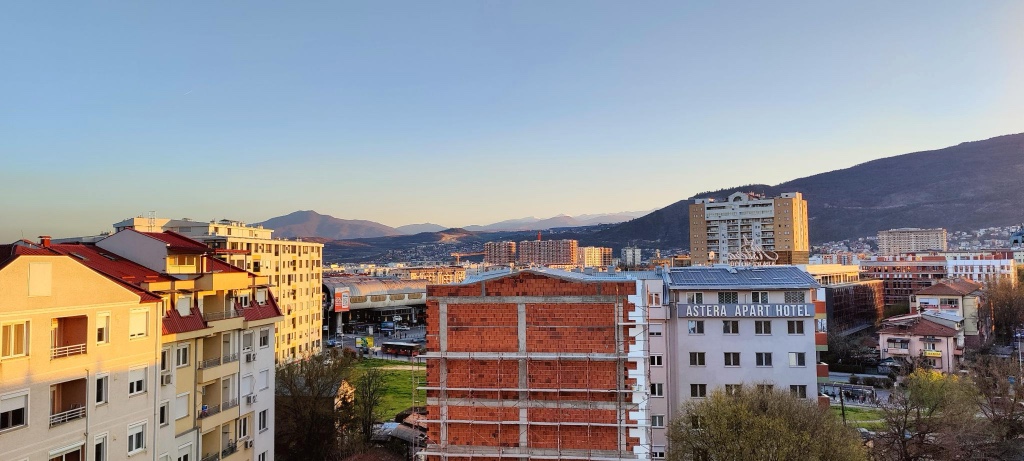


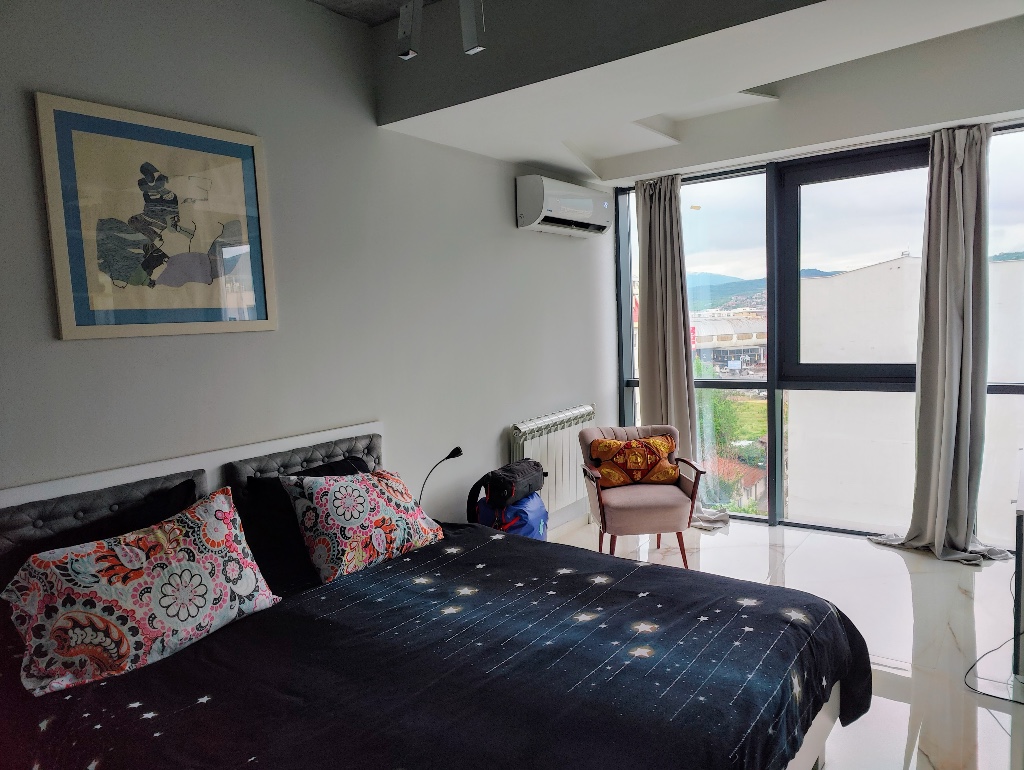
We are staying in a small 6th floor studio apartment across the street from the Vardar River. The greatest amenity of our new abode is our terrace and the amazing view of the city. We are a 15 minute walk from Magnolia Square and equidistant from the infamous East Gate Mall; an enormous mixed development including shopping, entertainment, residential and office park. The retail space alone is 168,000 meters squared, making it the largest mall in North Macedonia.
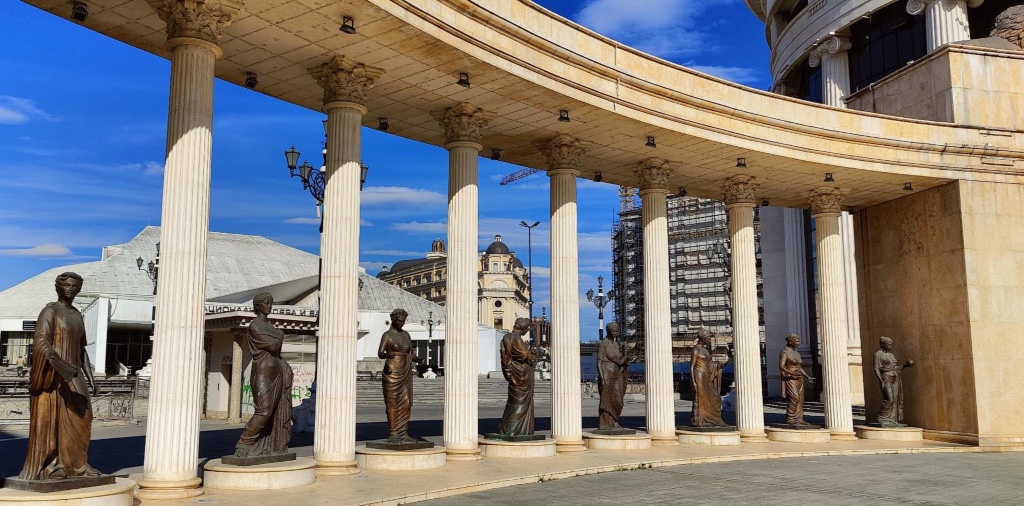
One afternoon in Skopje and I was in love. There is sculpture everywhere you look, it is like a huge open air museum. The locals joke that there are more statues than people here, it could quite possibly be true. Every bridge, square and park are filled with numerous works of art in a range of different styles. Along with the numerous sculptures, there are 6 bridges that connect to various parts of the city over the river. The oldest in town, “Stone Bridge” was built by Sultan Mehmed II between 1451-1469 during the Ottoman period. It connects Magnolia Square to Old Town, where the Turkish Bazaar resides.
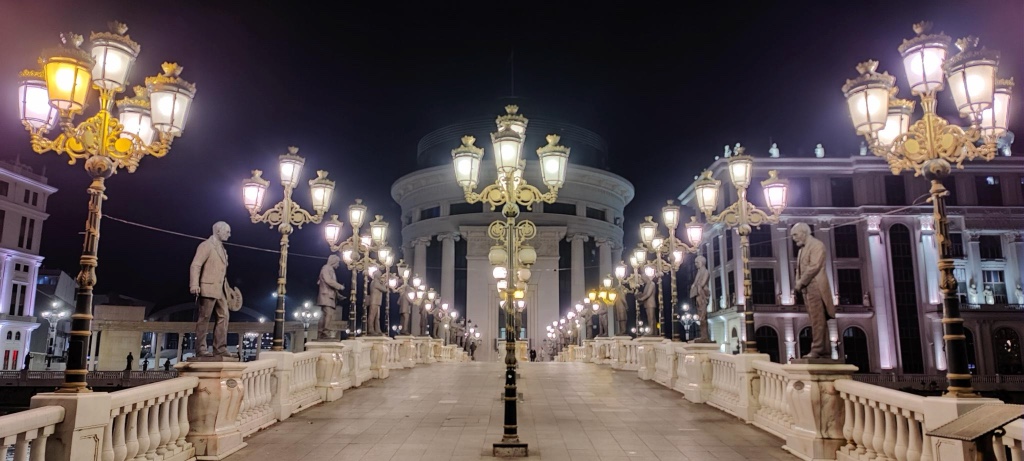

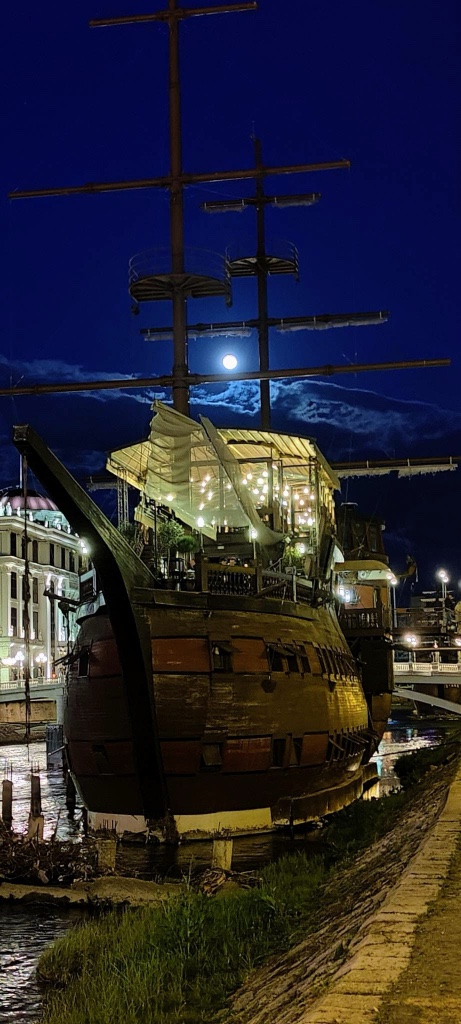
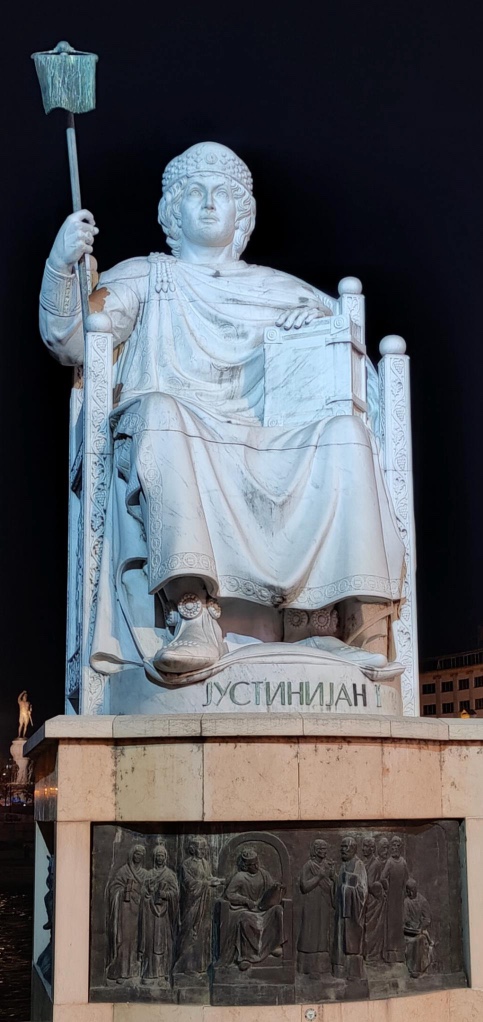
Walking along the Vardar River is my daily favorite pastime. There is an expansive bike path that runs alongside the river parallel to an older cobblestone walkway that is the less traveled way to see the sights of this incredible town. All times of the day people are enjoying the cafe culture, like most of the Balkans Macedonians consume coffee in copious amounts. There is an abundance of lovely tavern style restaurants full of local delicacies; Ajvar (a roasted red pepper sauce with eggplant and garlic), Shopska salad (tomatoes, cucumber, onion, peppers and sirene, a white cheese similar to feta), Tavce Gravce (baked butter bean dish with onion, parsley, red and black dried pepper), Burek (pastry crust filled with cheese, spinach or meat), and of course Pljeskavica (mixture of spiced pork, beef and lamb sometimes stuffed with cheese). We have yet to eat a meal that we didn’t love, the warm atmosphere of a local taverns playing traditional music makes you feel completely at home.
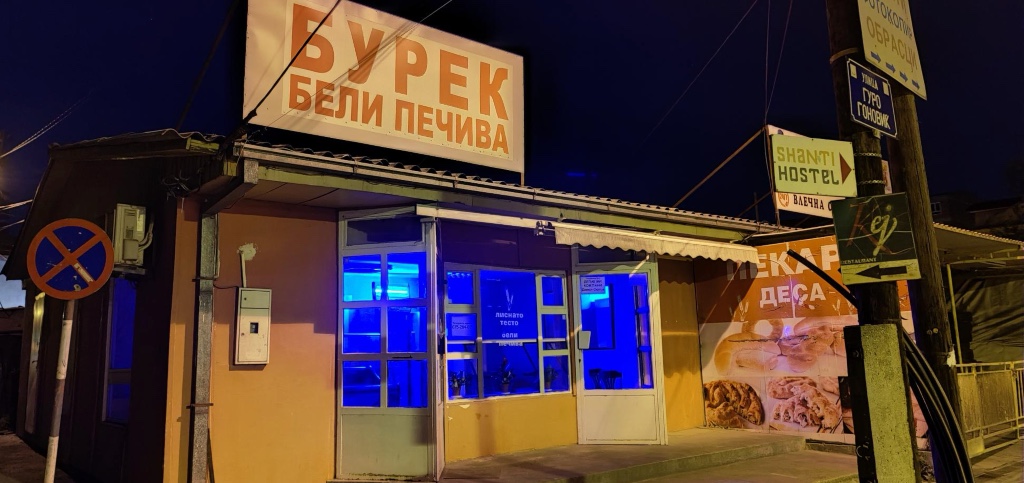
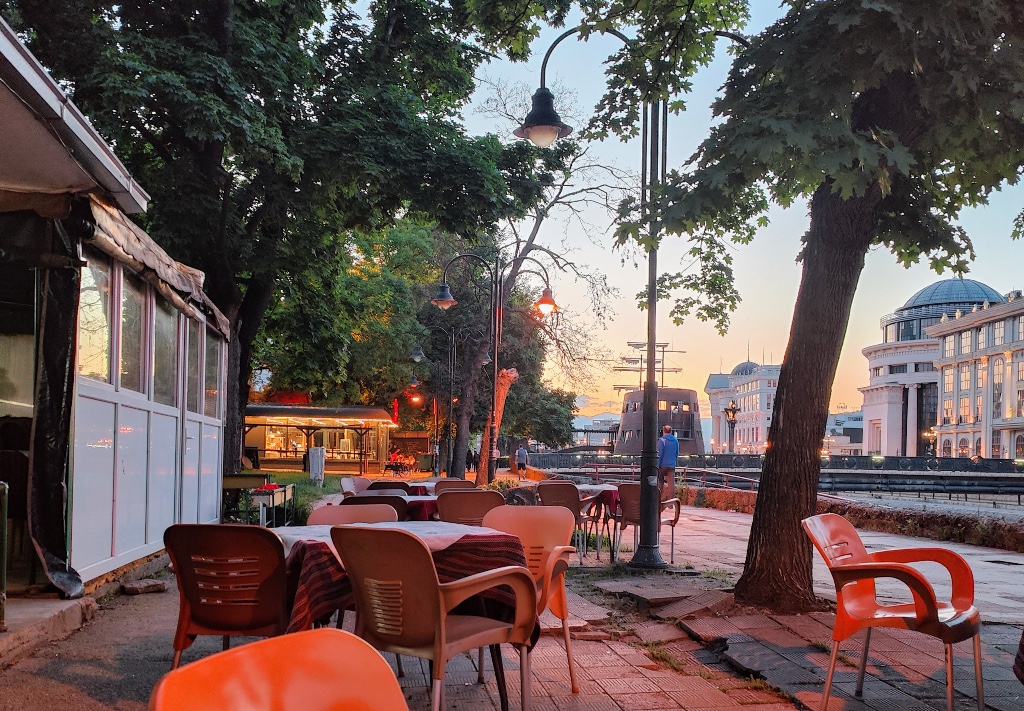
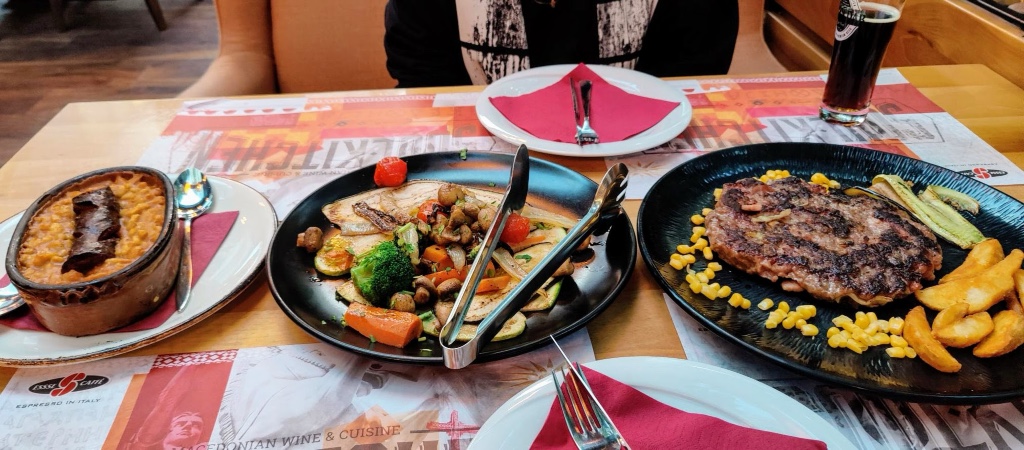
There are no shortage of pubs with their own delicious offerings as well. The Macedonians love their potatoes in any format, but you can find a good fry anywhere. Burger and Kebap stands are popular with the young crowd, and there are numerous pizza places packed from morning to night. Reservations are popular in Skopje, so if you want to eat at a busy time it is usually best to prepare in advance. The good thing is there is no shortage of amazing food, so it one place is fully booked, simply walk next door to the next establishment.
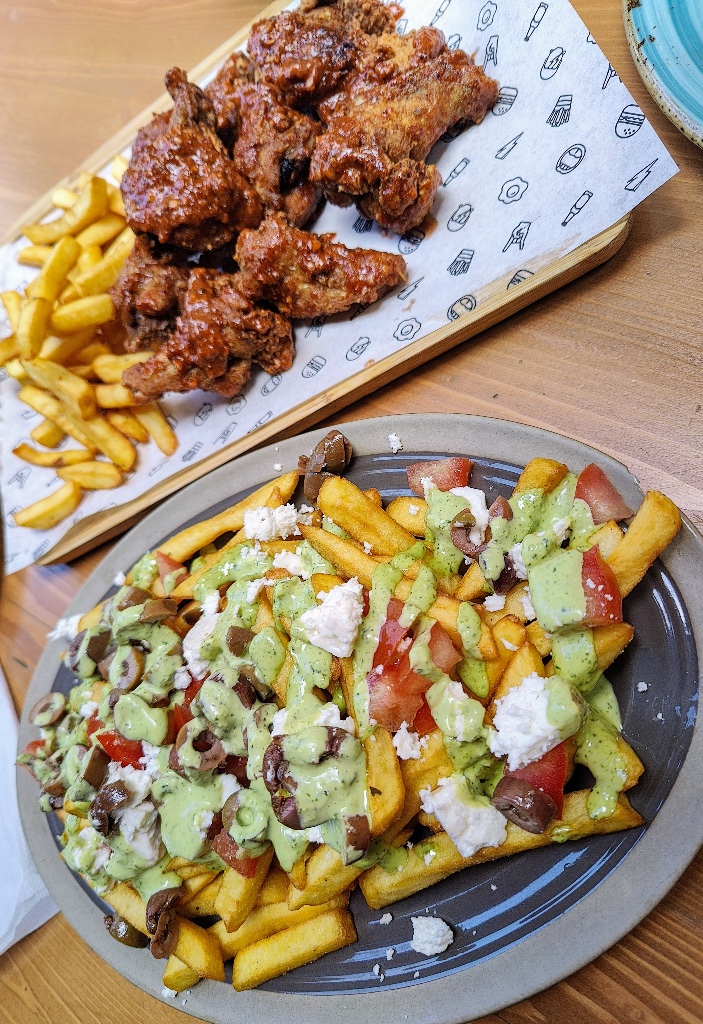
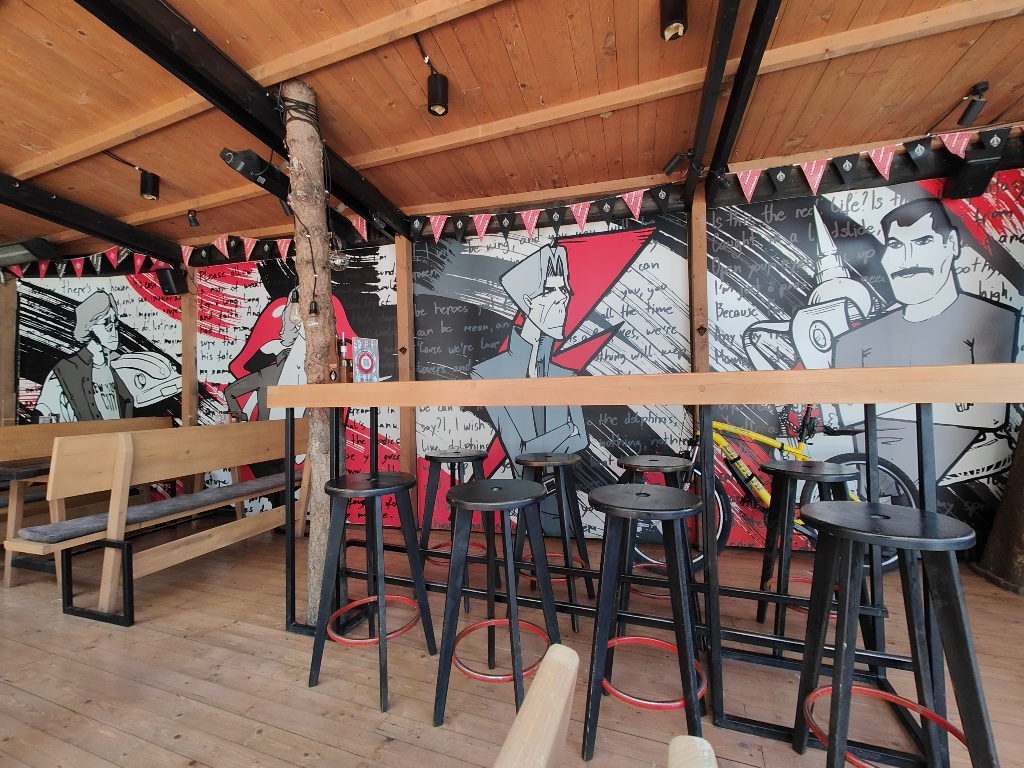
Seeking out the best pizza wherever we go is a must, we were lucky to go find an empty table at Matto Napoletano one Sunday afternoon to eat some of the best pizza I have ever tasted. Matto has been named 25th of the top 50 pizzas in Europe in 2023. On top of having a beautiful restaurant with an amazing patio, they play great music, have superb service and an expansive selection of wine and beers.
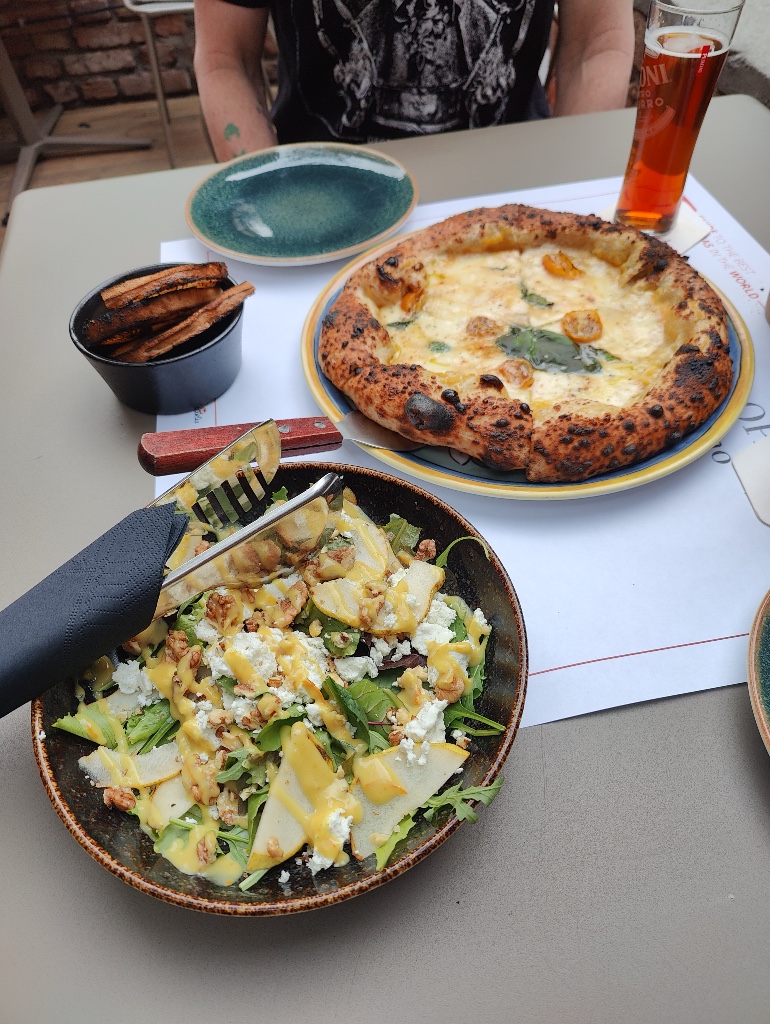
One of my favorite elements of the Macedonian night life are the Rock Bars; unique and sometimes hidden gems scattered throughout Skopje. It is easy to get a cheap beer or cocktail while you listen to classic rock, reggae, blues or even Abba. Our local, Rock Bar Old School is the greatest. From the street it is easy to miss as there is no sign outside, giving it a kind of speakeasy feel. Walk up the stairs to the bar and inside you are greeted with rooms plastered in posters, records, cds, and cassettes. Adjacent to the bar there is a small sitting room with cozy couches and arm chairs. The bar inside has minimal seating, but the patio is where most hang out. Young people like to meet up and drink their coffee, rakia and cold beers with friends. The bartenders remember you and what you like to drink, and a 500ml beer is only 170 MKD ($3).
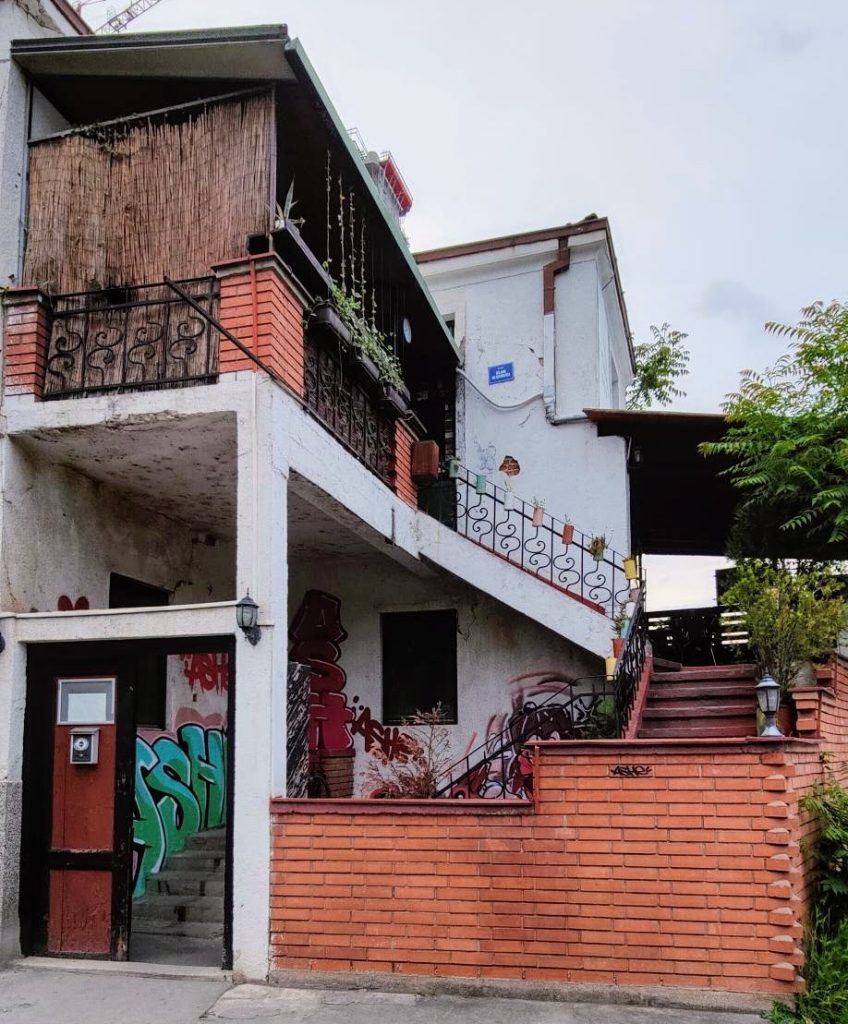
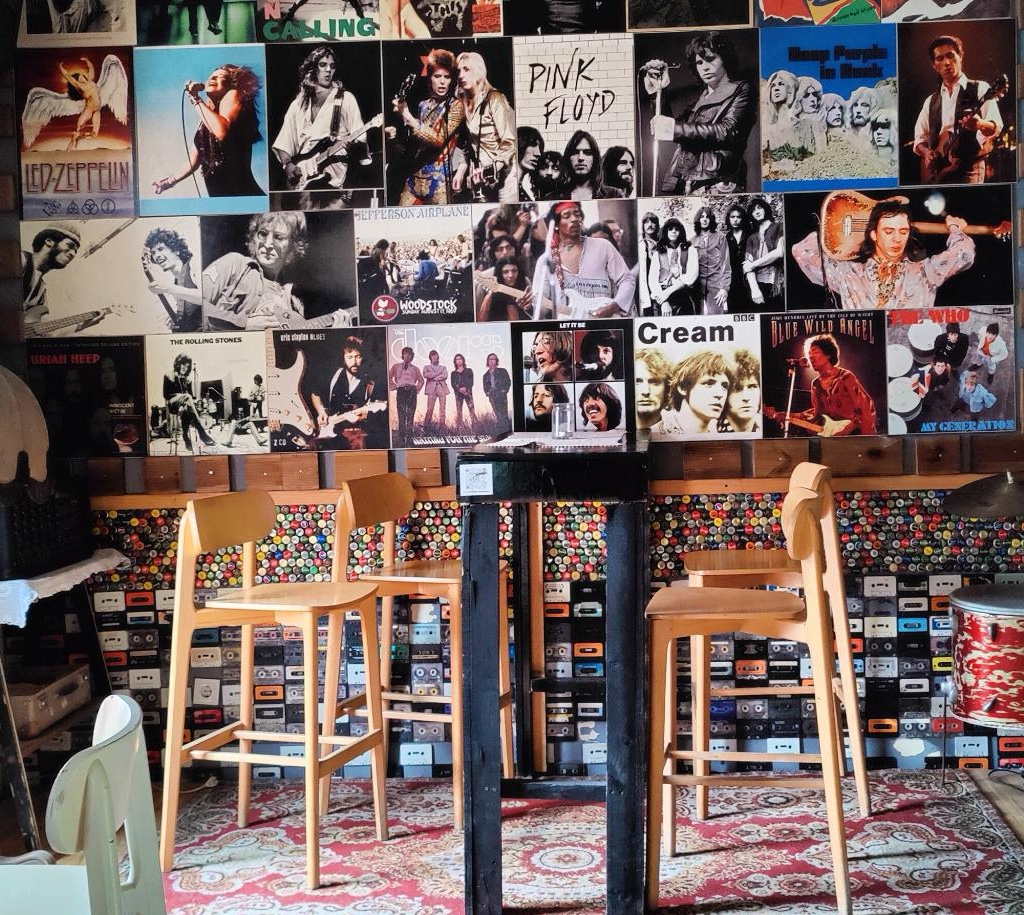
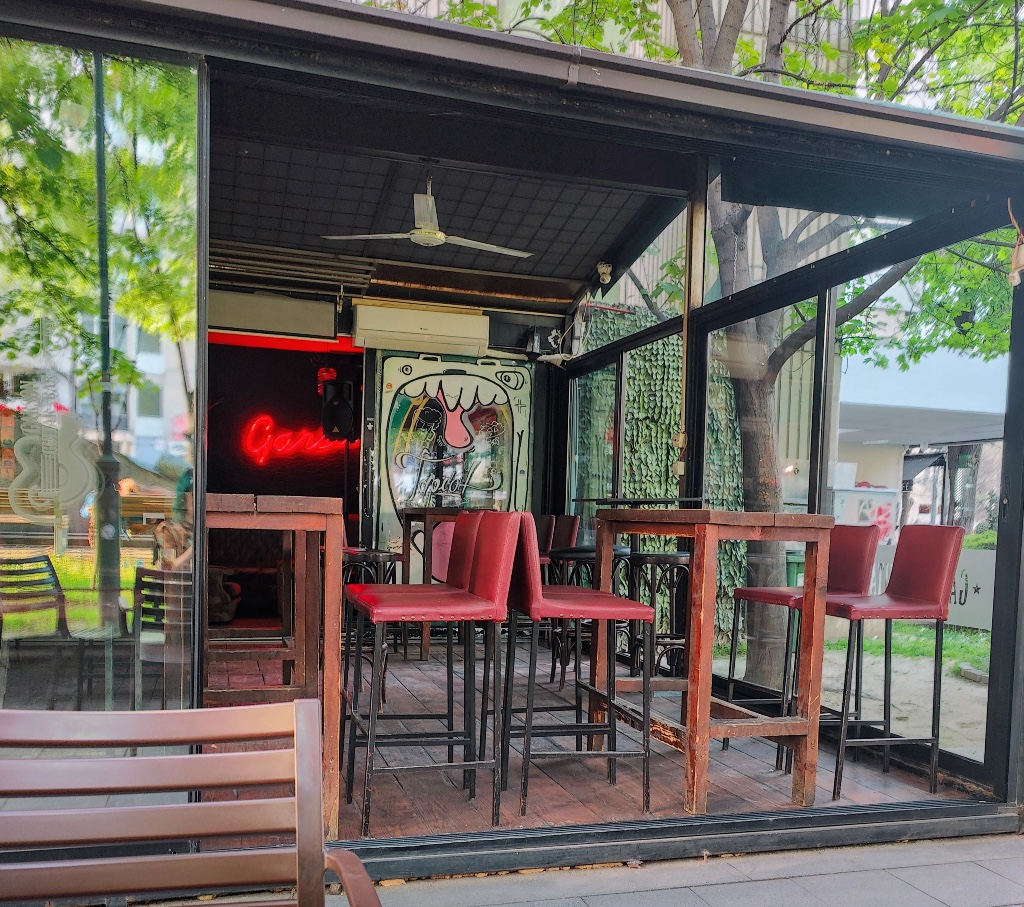
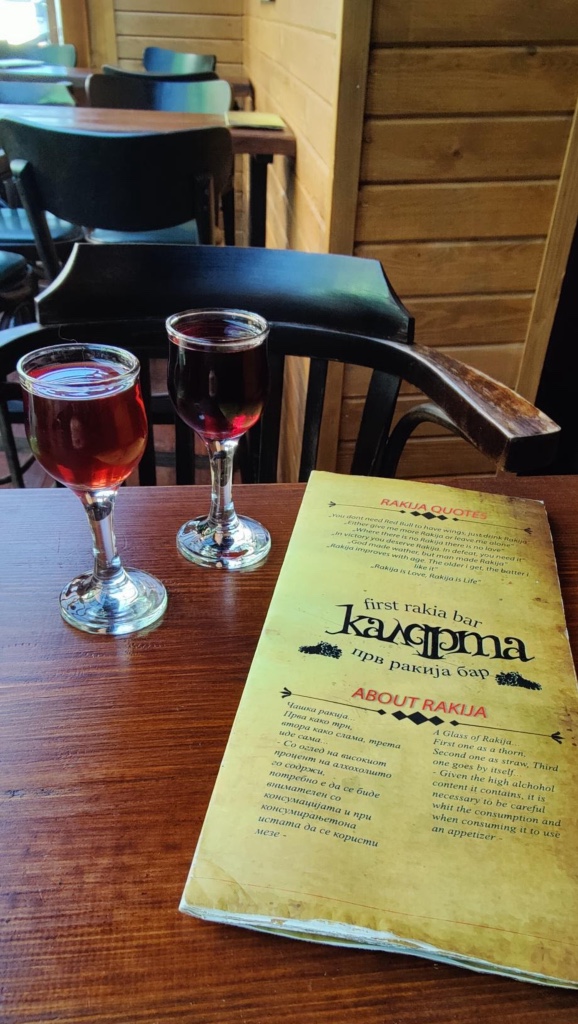
If you are looking to sample the very best of Rakia, visit Kalderma in Old Town. They have an entire menu with every type of Rakia imaginable; blueberry, blackberry, sour cherry, pear, apricot, quince, honey… et cetera. Rakia is a double distilled fruit brandy enjoyed all over the Balkans, but Macedonian Rakia has been the most delightful to drink. This cozy little spot in Old Town has live music on the weekends and staff eager to make sure you have the proper drink for your palate. My favorite Rakia flavor so far is Walnut, it tastes like a liquid Baklava. If it is your first time enjoying this unusual libation be careful, it is extremely strong (40-50% alcohol) and some of the fruitier concoctions are very easy to drink.
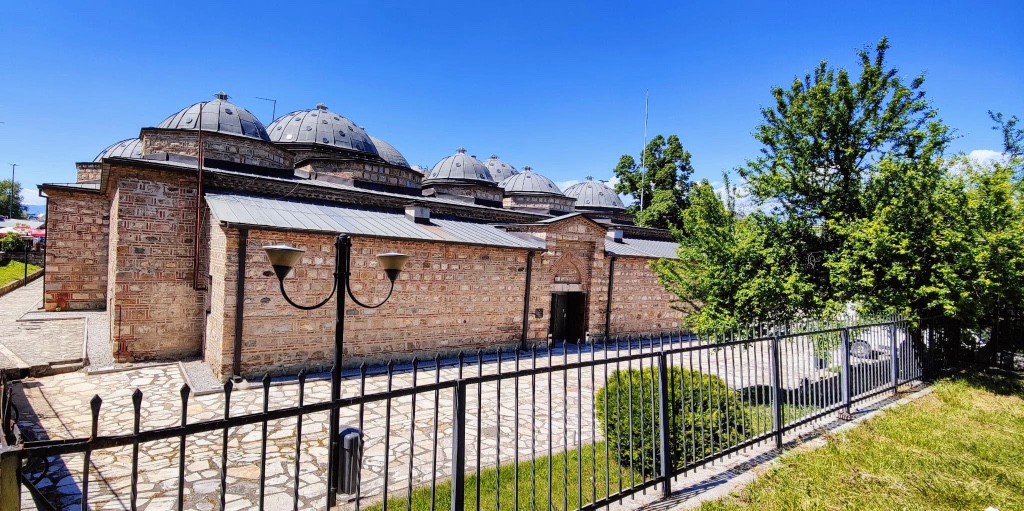
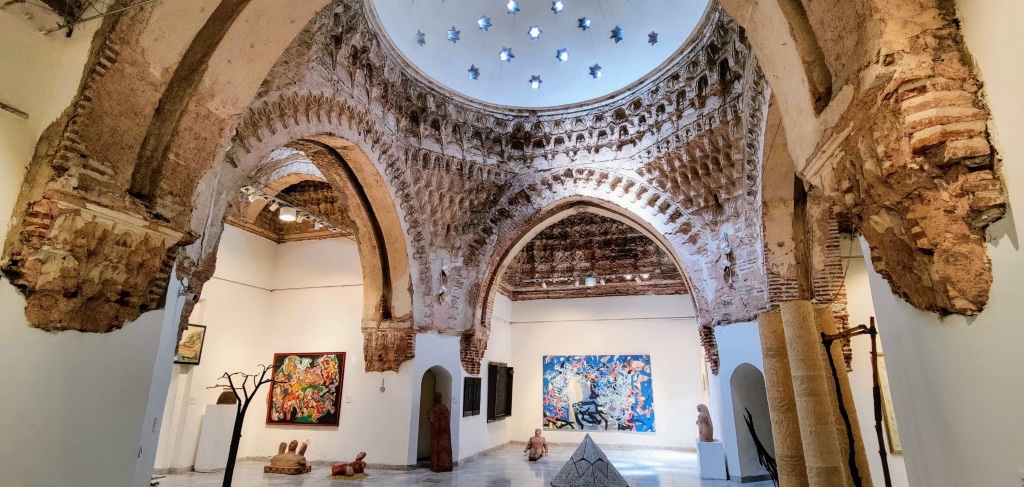
There are numerous museums in Skopje, and most are 100MKD ($1.70) to view. The National Gallery Cifte Amam is a small contemporary art museum, but has a diverse collection of works. The gallery, originally a turkish bath, was built in the second half of the 15th century as a dowry from the Ottoman general Isa Beg. After the earthquake of 1963, the building was badly damaged. In 2000 the Hamam was handed to the Ministry of Culture to use as multimedia exhibition space and carefully restored over the following two years. The structure itself is a work of art, and although I don’t normally take pictures inside museums since we were alone I couldn’t resist snapping a quick pic of the interior. Huge domed ceilings let in light through the starry ceilings, exquisite brickwork exposed in delicate patterns in each viewing room, and intimate archways lead to small collections of byzantine art and portraiture off of the main gallery. It was a perfect escape from the late afternoon sun, and also an intimate experience as we were the only ones there for a large part of our visit. The most memorable piece of art was by Vasko Tashkovski, a brilliant Macedonian surrealist painter.
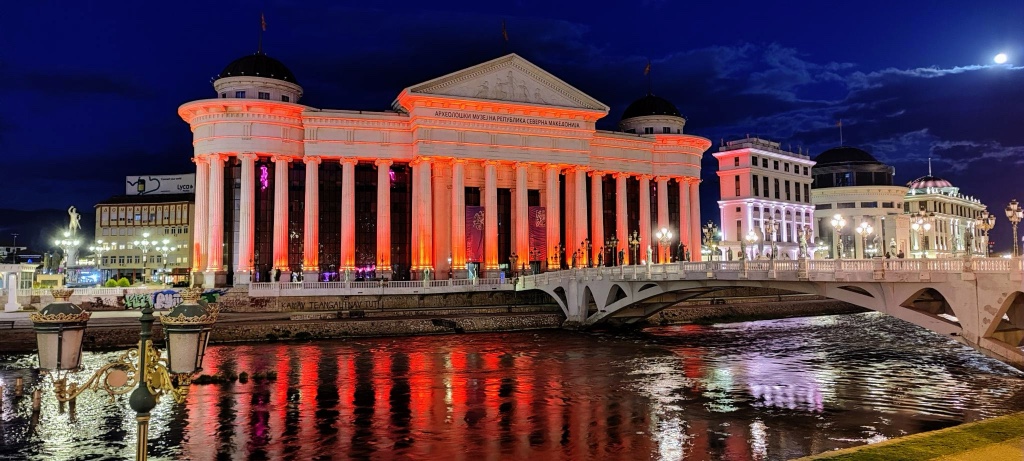
The most impressive Museum in Skopje is the Archaeological Museum. Since 1924 it is the oldest museum in Macedonia, displaying over 7000 artifacts throughout its rich history. The museum itself has had several homes over the 100 years it has existed, however, the monumental building that stands today was completed in 2014. The artifacts range from the Stone age, Copper age, Bronze age, Iron age, as well as the Classical period , Hellenistic period, Roman period, a Late antiquity. The special exhibit during our visit was “The Silver of Thrace”, a collection of 1700 artifacts from the Thracian acropolis in south central Bulgaria. The craftsmanship of these items are awe inspiring; intricately detailed and perfectly executed works created for the Thracian Kings during the 3rd-1rst century BC. Downstairs was also a traveling exhibit of Japanese dolls, or “Ningyo”, meaning human shape. Although a bit more pricey than most museums in town at 400 MKD or $7, it is still reasonable and a must visit.
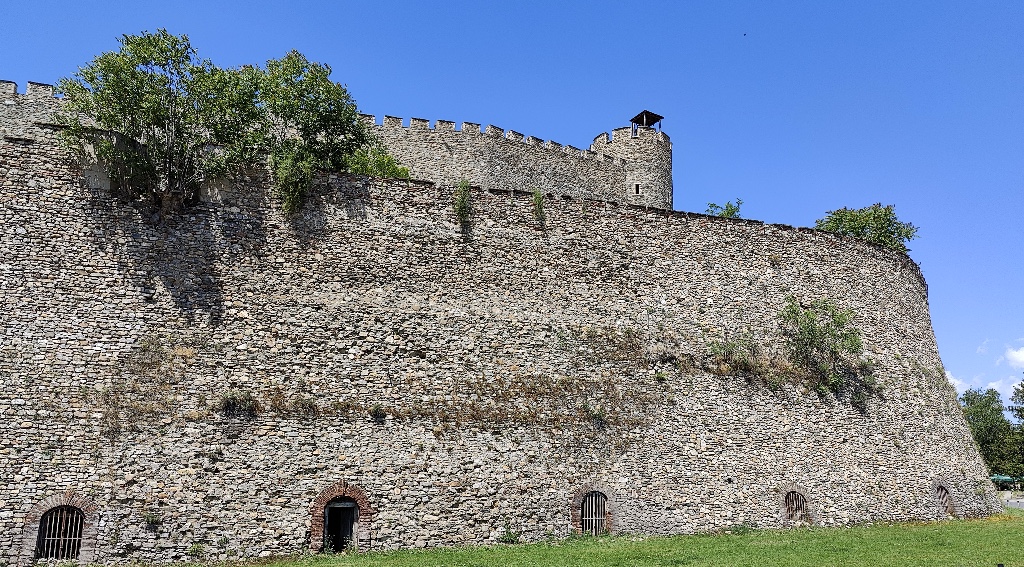
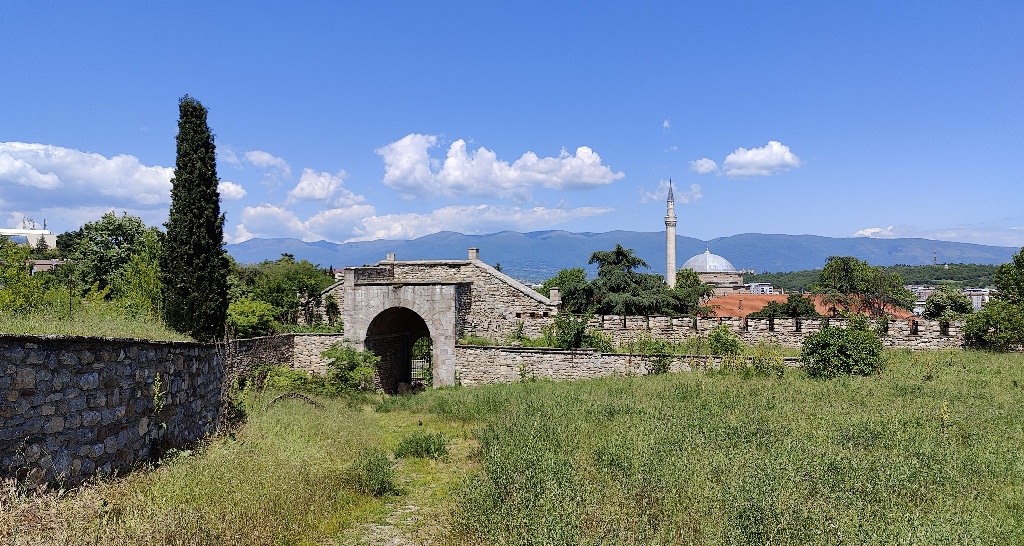
Skopje Fortress is a free and fun way to get some exercise and experience history along with some of the greatest views in town. It was first built in 6th century AD during the rule of Justinian and later expanded in the 10th and 11th centuries using the remains of his fortress that were destroyed during multiple wars in the region. In 2006-07 excavation began on the site uncovering instruments and ornaments as far back as 3000 BC. In 2009, housing was also discovered underneath the visible level of the fortress; and in May of 2010 the largest stash of Byzantine coins ever found in Macedonia were unearthed. The coins are currently on display at the Archaeological Museum.
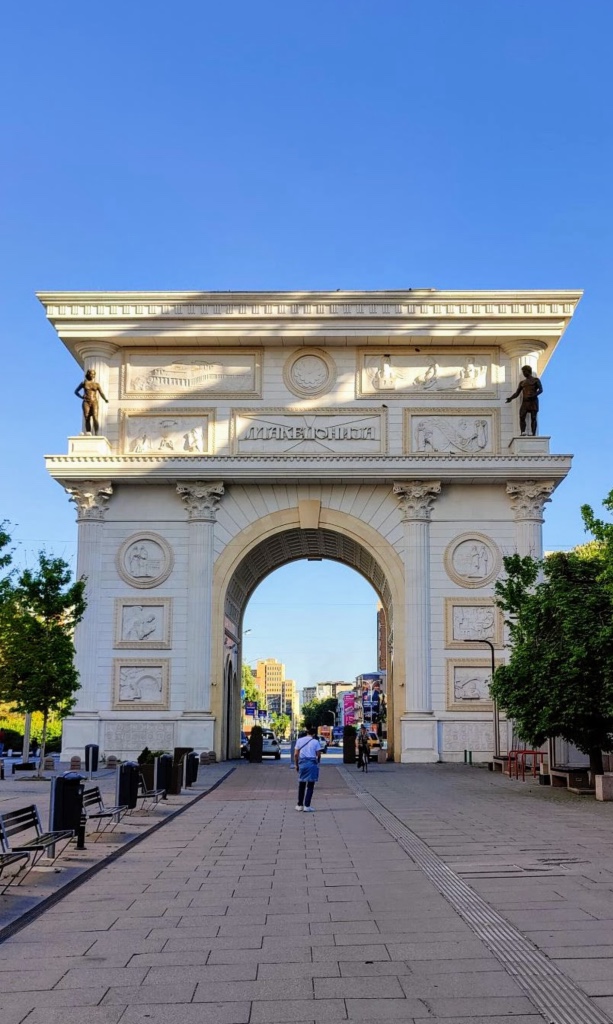

Porta Macedonia is dedicated to 2O years of Macedonian independence, a 21 meter tall monument made by Valentina Stevanovska in 2012, the same sculptor responsible for the Alexander the Great “Warrior on a Horse” in adjacent Magnolia Square (2011).
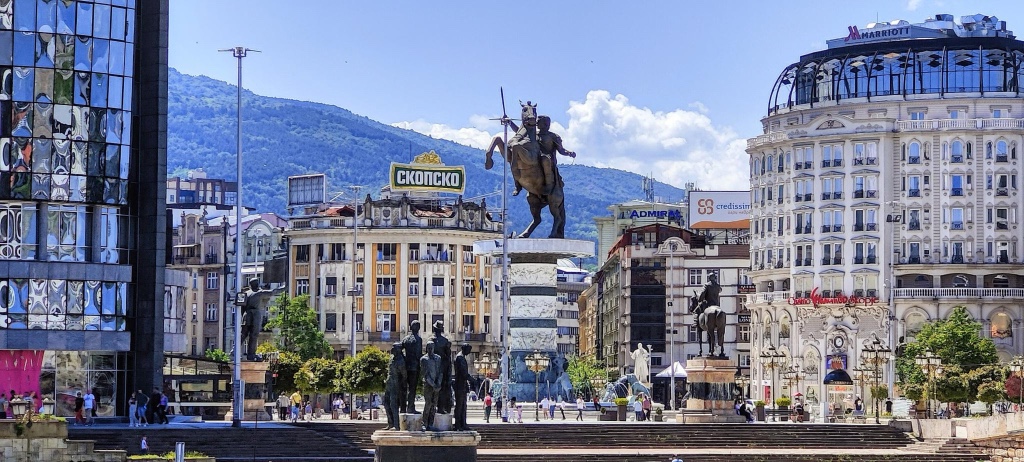
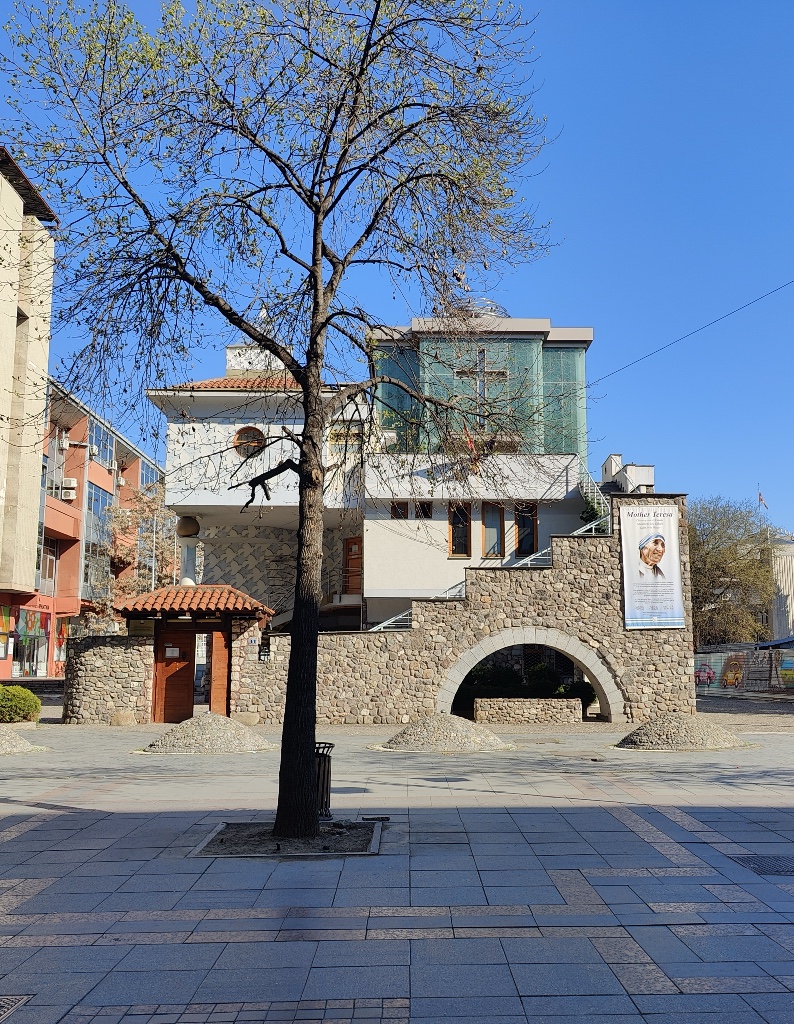
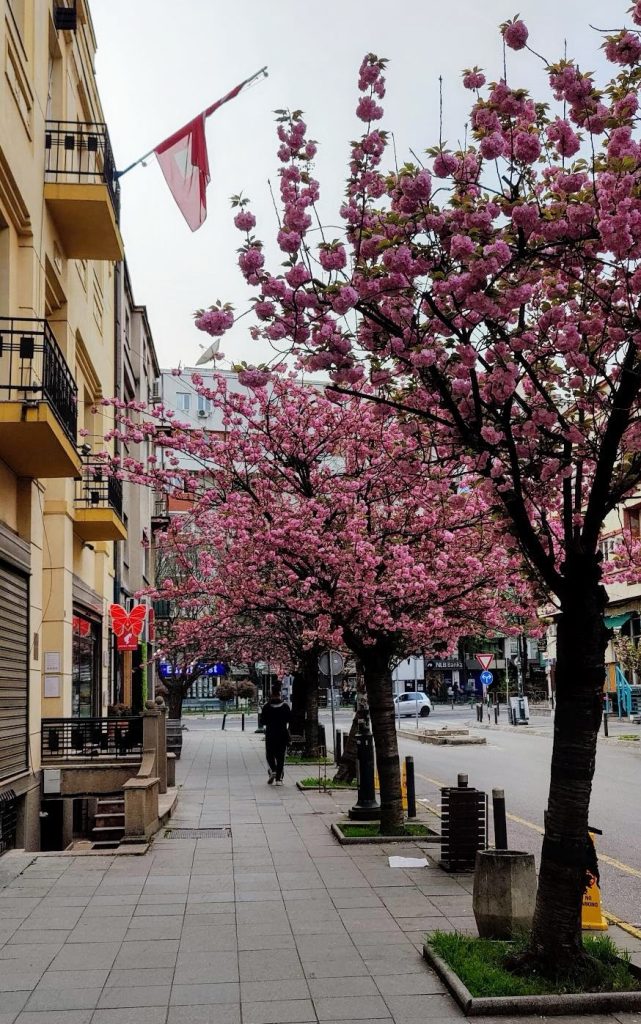
Skopje is Mother Teresa’s hometown, where she also lived from 1910-1928. The memorial was built on the site of the Sacred Heart of Jesus Catholic Church, where she was baptized. Inside the house part of her relics are preserved, with sculptures of Mother Teresa and her family and a gallery featuring cultural exhibitions. In the first three weeks of its opening, the house was visited by over 12,000 people.
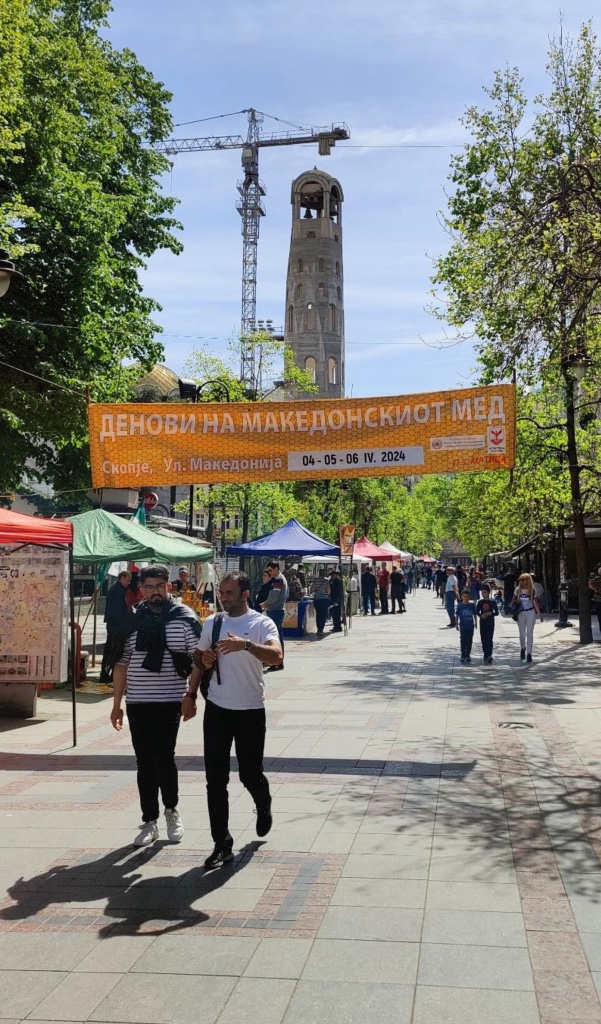

The city is full of cool street art too, there is an open air gallery located in the ground floor of Shopping Center Soravia across from Beertija Pub.
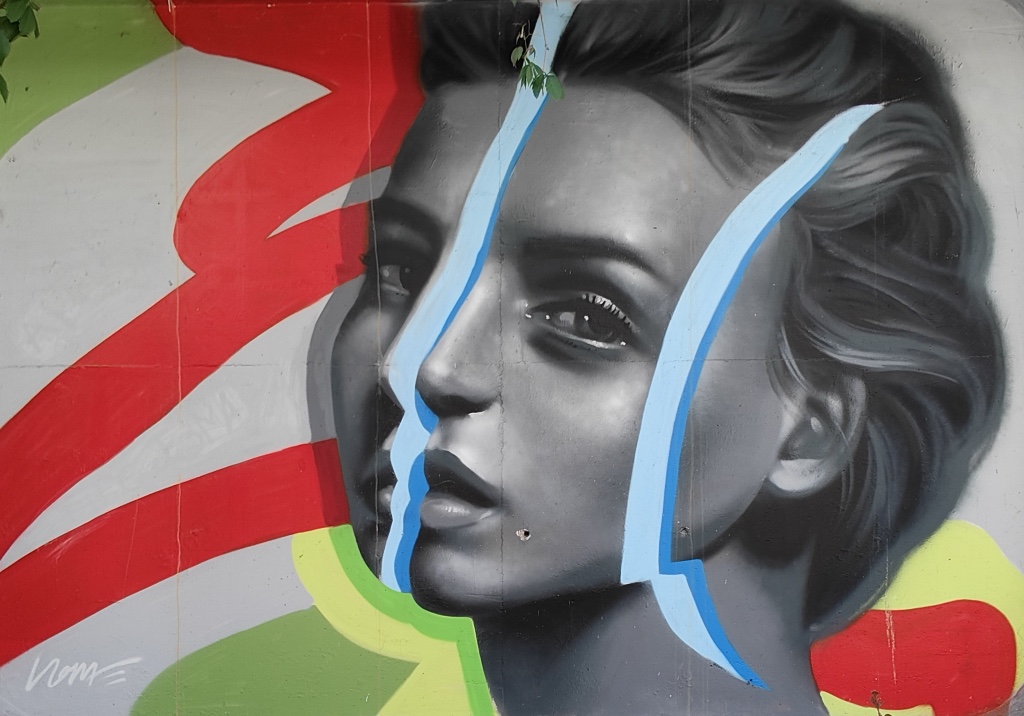
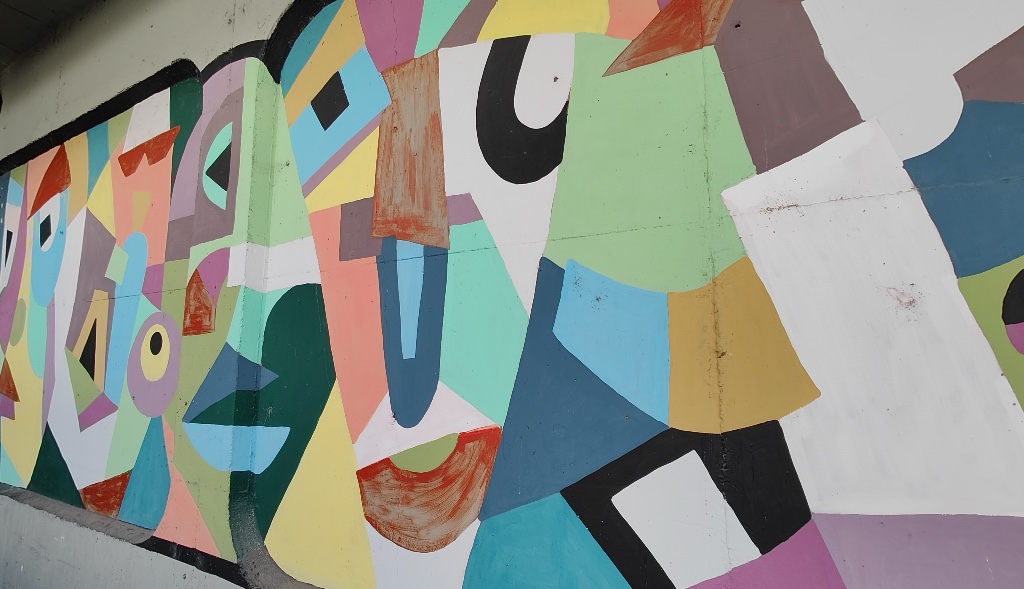
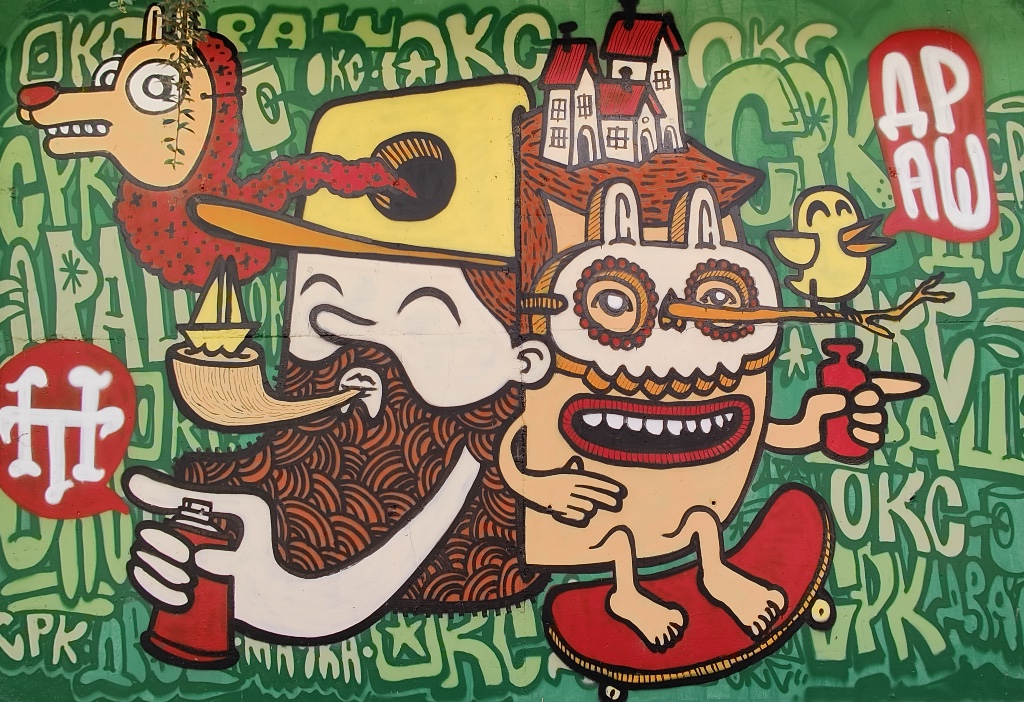
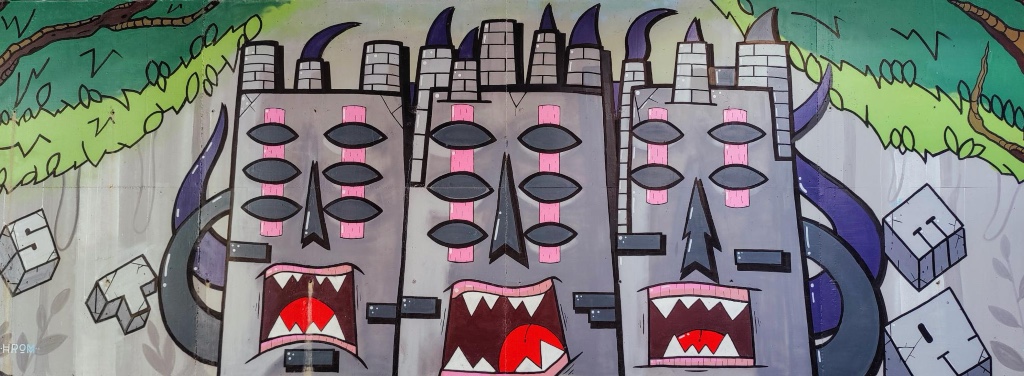

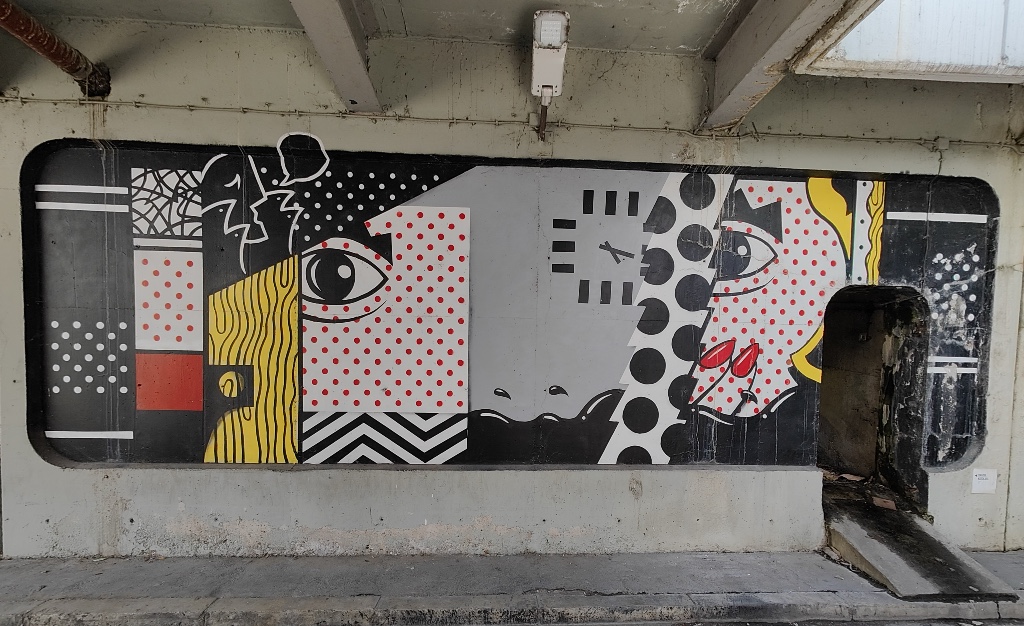
Skopje is an incredible town full of rich history, culture and lovely people. I will miss walking along the Vardar, hanging out in Magnolia Square, eating delicious food and the hospitality most of all. Macedonians are such a warm and friendly people, making sure that you enjoy their special country to its fullest in all that it has to offer. It will remain on my “must return to” list. Next time to Lake Orhid…